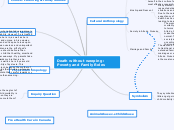av Anika Kisana - Cawthra Park SS (2202) för 8 årar sedan
423
Anika's Case Study - Anthropology

av Anika Kisana - Cawthra Park SS (2202) för 8 årar sedan
423

Mer av detta